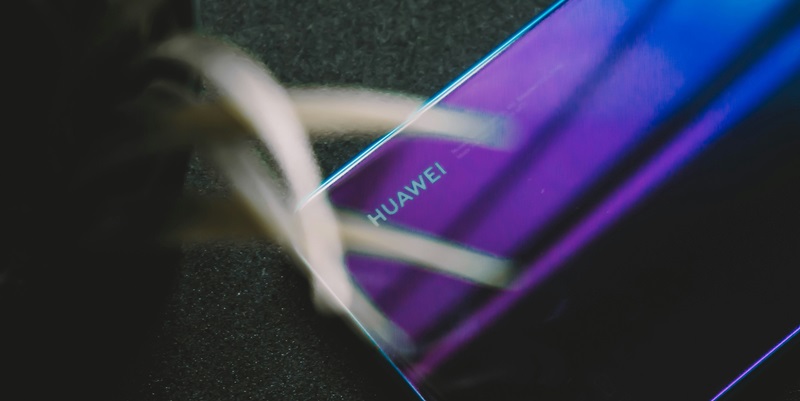In a bid to maintain its position as a leader in the smartphone industry, Huawei has introduced its new Pura 70 series equipped with the revolutionary Kirin 9010 processor. This chipset marks a progressive leap forward for Huawei’s signature silicon, boasting an octa-core structure with hyperthreading technology. As a result, this allows the processor to emulate a 12-core CPU, pushing the boundaries of computational efficiency and multitasking capabilities.
Early benchmarks have provided a glimpse into the performance boosts that can be expected. According to Geekbench tests, there are modest yet noticeable single-digit percentage increases in performance. These improvements are consistent across both single-core and multi-core scenarios, indicating a substantial enhancement over its predecessors.
The Kirin 9010 Chipset: A Technological Marvel
The Kirin 9010 emerges as a notable engineering feat by Huawei. The specifications unveil a staggering combination, including a 2.30 GHz Taishan Big core, an additional trio of 2.18 GHz Taishan Mid cores, and a set of four 1.55 GHz Cortex-A510 cores engineered for maximal energy efficiency. Complementing this arrangement is a 750 MHz Mali-G78 GPU, promising to deliver an uncompromised graphical experience.
This blend of power and efficiency promises users swift processing speeds, without impacting the durability of the device’s battery life. The improved performance coupled with a robust graphical interface caters to the demand for high-performance smartphones that can handle gaming, multimedia, and other intensive applications effortlessly.
Navigating Global Software Ecosystem Challenges
Huawei’s forward march in tech is hindered by U.S. trade bans, particularly the lack of American software, posing a considerable challenge to its global ambitions. The unavailability of Google’s ecosystem is especially problematic for Huawei devices outside its home market, given the heavy reliance on Google’s apps and services by consumers around the world.
Meanwhile, the Kirin 9010, though a technological step up, offers only incremental upgrades from previous models. This minimal enhancement may not be enticing enough to persuade consumers to opt for the new Pura 70 series, especially when faced with the lure of rival brands in a tight and competitive marketplace.
These issues collectively serve to dampen Huawei’s strength on the international stage. As it battles limitations and heightened competition, the absence of key software and subtle hardware advancements could significantly limit the Pura 70 series’ global appeal and market penetration.

